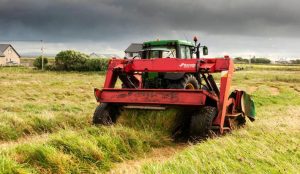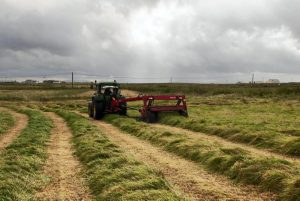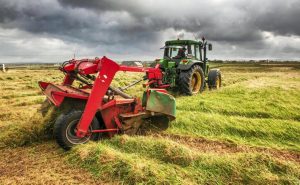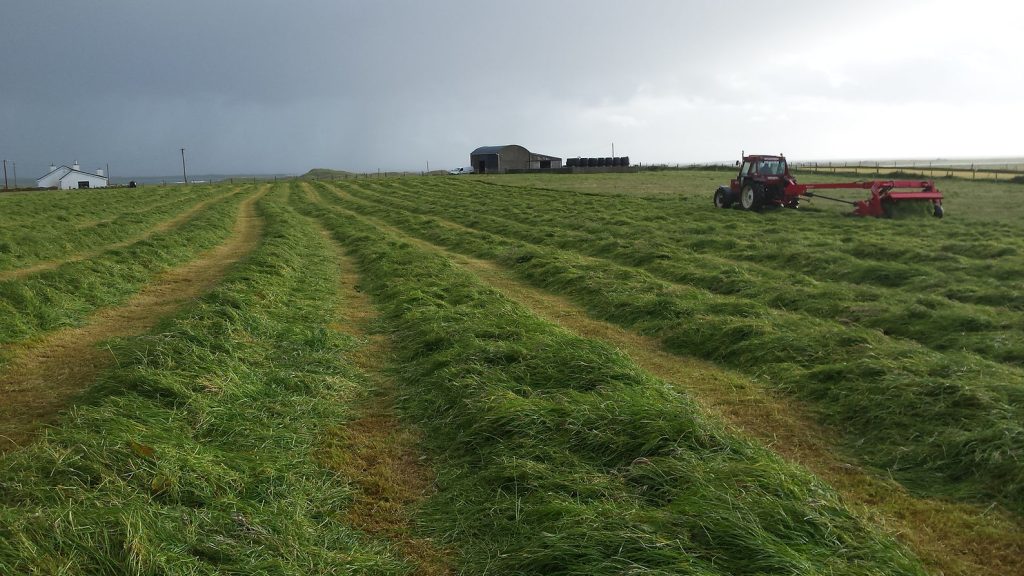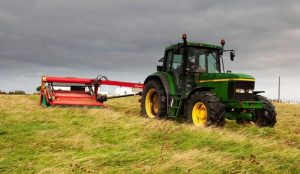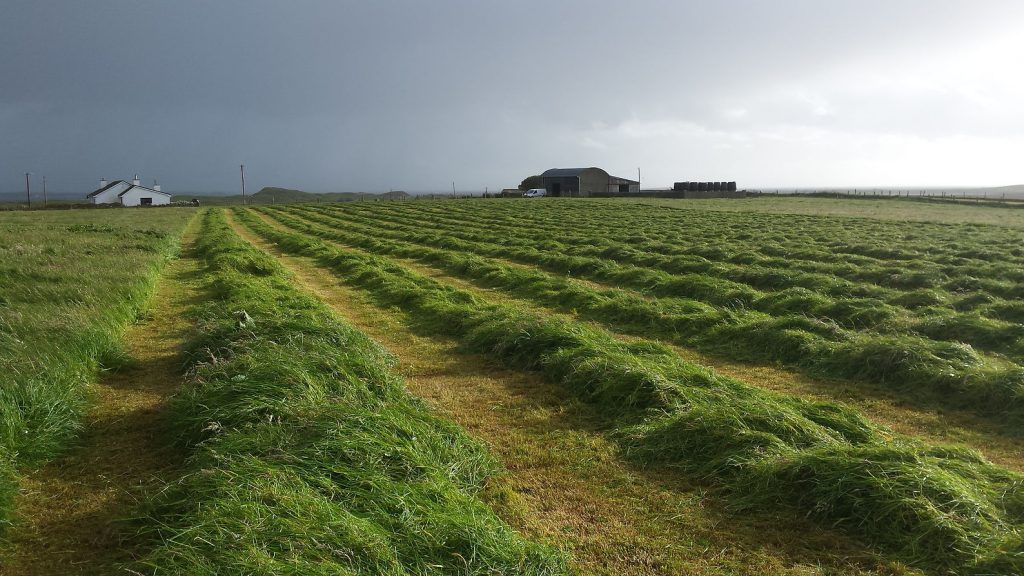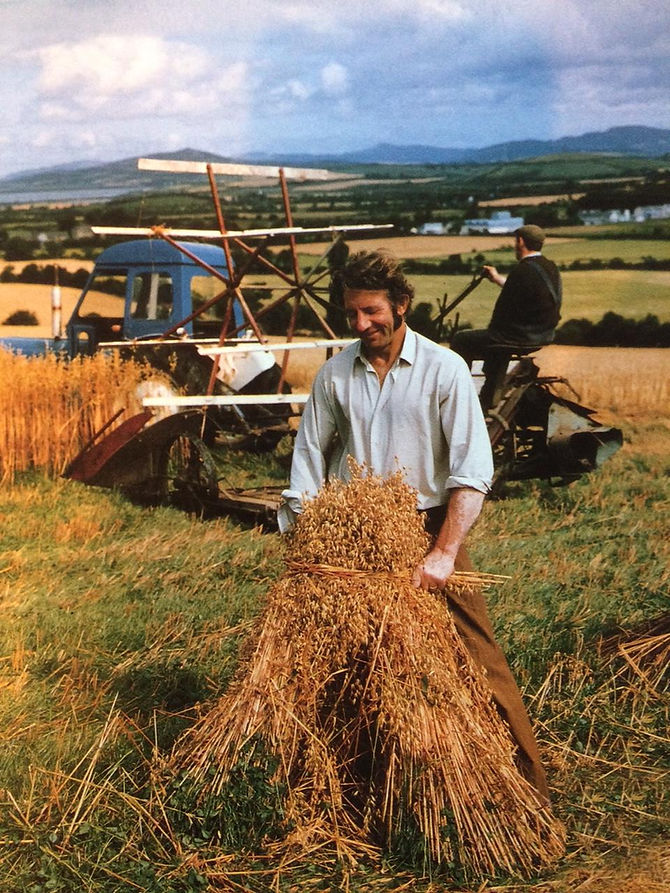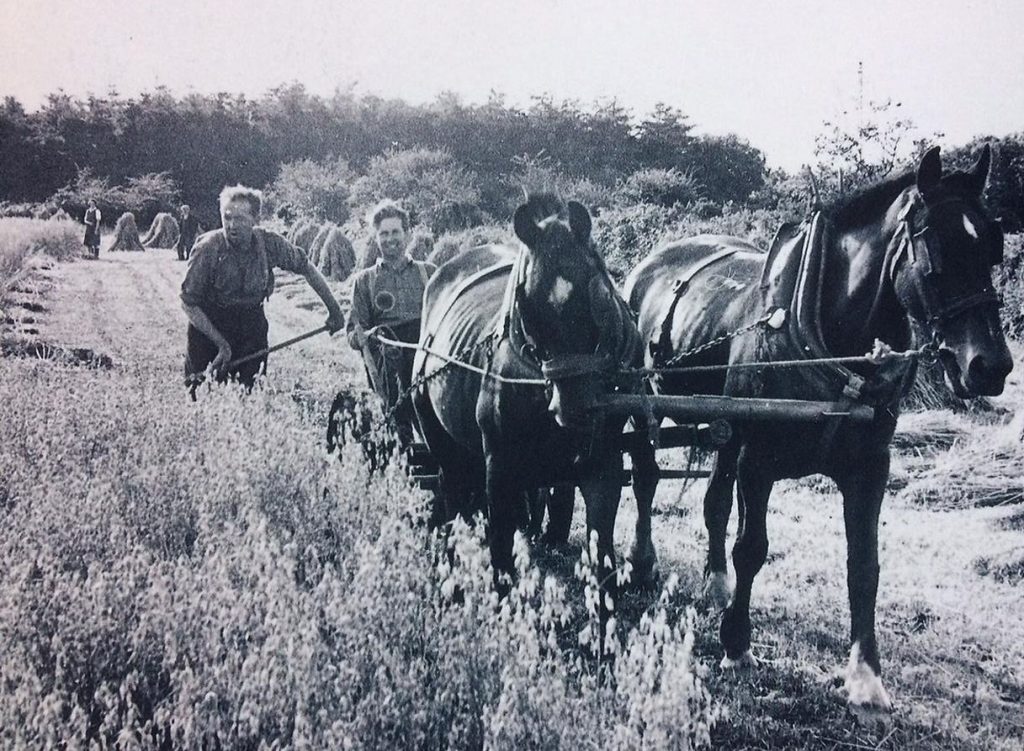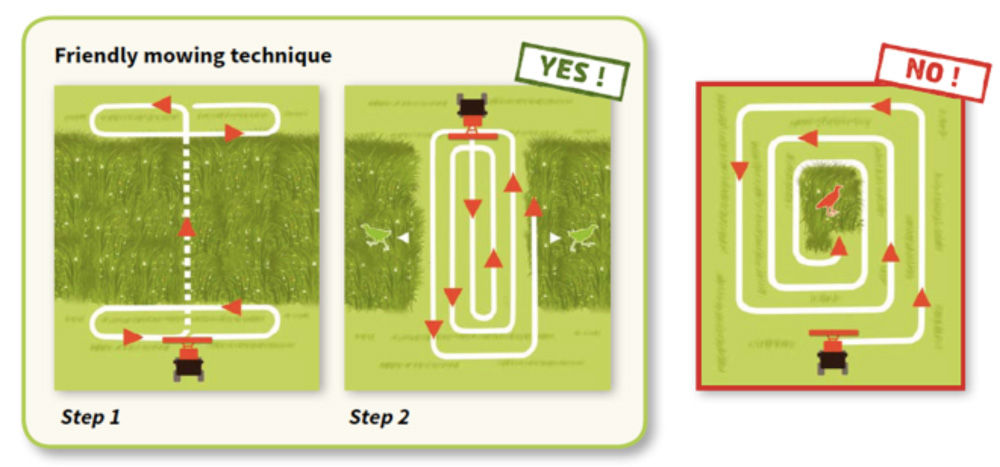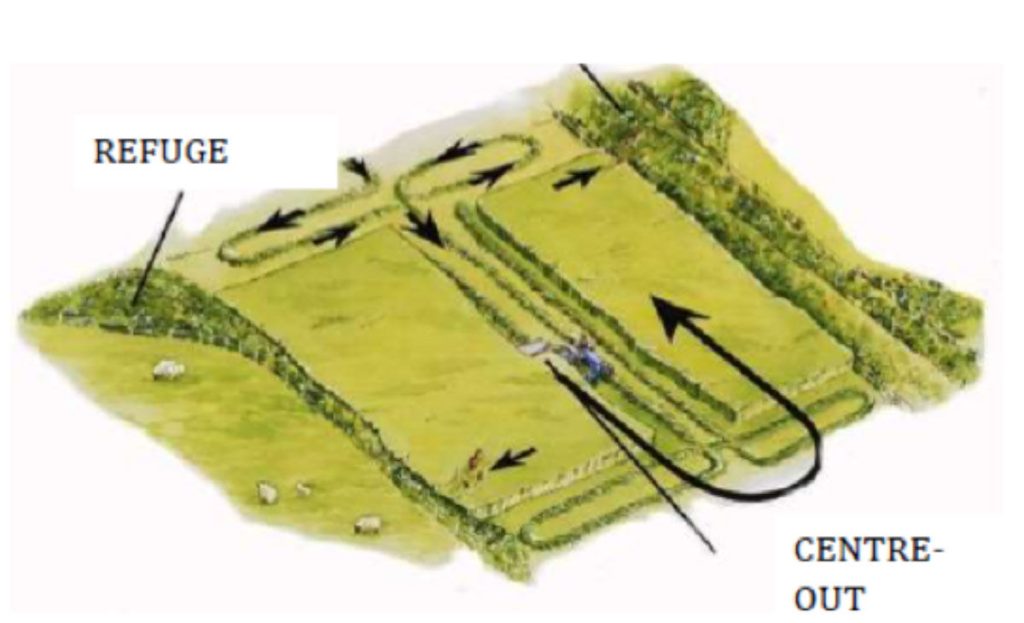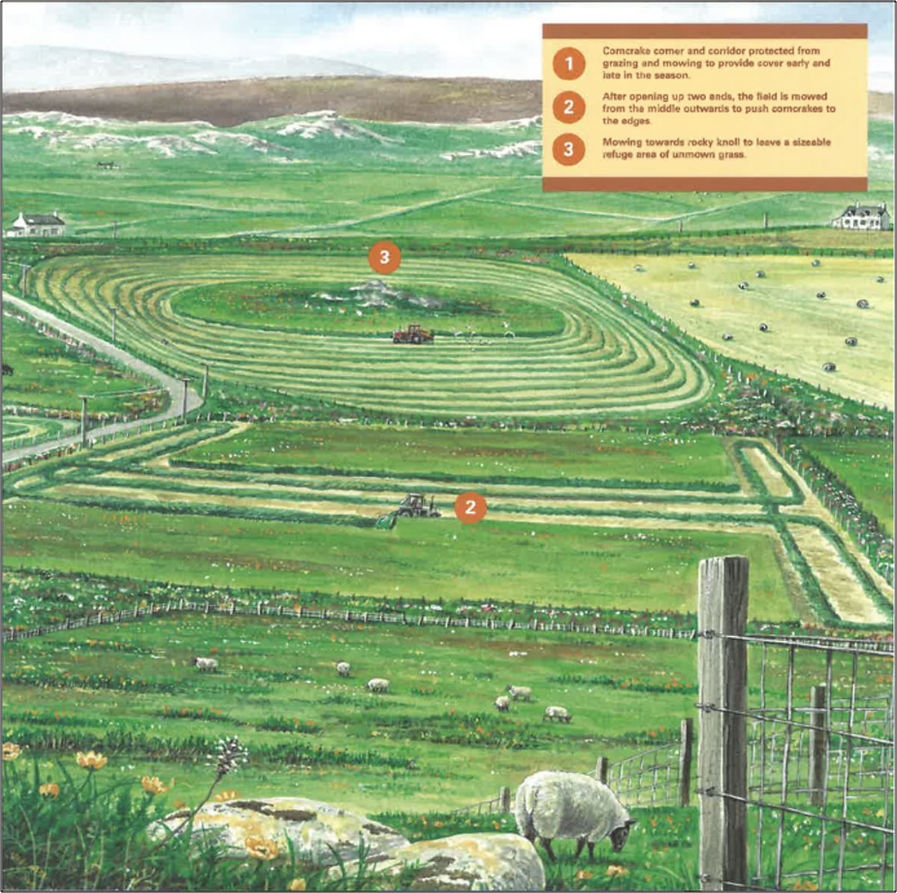Two measures have been designed to benefit corncrakes. Early and Late Cover provides suitable tall vegetation throughout the breeding season, especially at the start and end of the season when grazed or cut vegetation in grass fields is too short for the birds.
Delayed mowing of hay or silage crops delays the date of mowing to reduce the overlap between the breeding and mowing seasons, and involves the adoption of conservation-friendly mowing techniques to reduce the loss of chicks to mowing.
Early-Late Cover
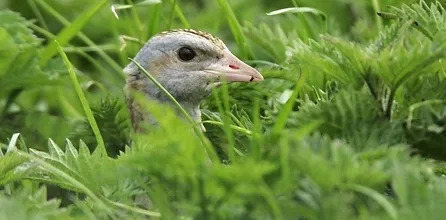
Two measures have been designed to benefit corncrakes. Early and Late Cover provides suitable tall vegetation throughout the breeding season, especially at the start and end of the season when grazed or cut vegetation in grass fields is too short for the birds.
Delayed mowing of hay or silage crops delays the date of mowing to reduce the overlap between the breeding and mowing seasons, and involves the adoption of corncrake-friendly mowing techniques to reduce the loss of chicks to mowing.
Why do Corncrakes Need Early Cover?
Corncrakes spend most of their lives in tall vegetation; or ‘cover’. Early cover is important for corncrakes returning from Africa, as there tends to be very little vegetation growth in the areas they return to by April/ May.
Corncrakes need cover to:
- Hide from predators
- Hunt for food
- Nest and raise their young
- Attract them to an area when they are at the end of their migration
What this will achieve
The aim of this measure is to manage areas which will provide vegetation cover for the protection of Corncrakes, their eggs and fledglings, throughout the breeding season, in particular the early and late stages when available cover is scarce. Each calling male requires at least 0.1ha of good quality ELC habitat.
Early and late cover (ELC) maintenance and creation, when carried out adjacent to the nominated fields selected for Corncrake-friendly mown (CFM) or grazed grassland management, will provide cover for Corncrakes arriving back from wintering grounds in April and May and also will provide shelter late in the season when most of the surrounding grassland has been cut and/or grazed. This is because Corncrakes require vegetation which is at least 20cm (8 inches) high for the entire breeding season.
ELC creation
New early cover areas can be created during autumn/winter months or in early spring when Corncrakes are not present on their breeding grounds. Depending on local soil conditions and what type of tall vegetation is available locally, farmers should aim to create patches of tall vegetation, using the appropriate method below
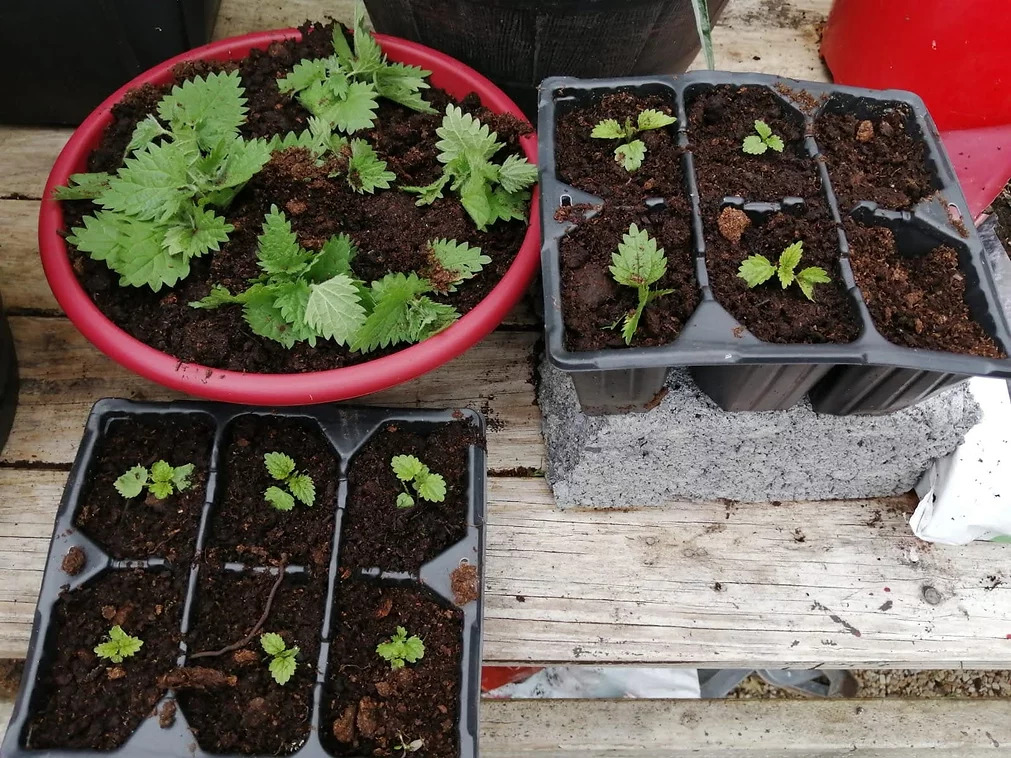
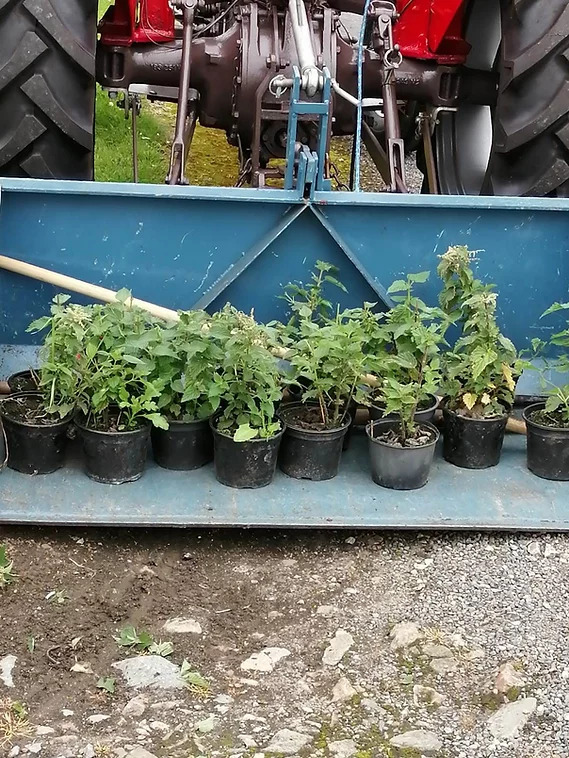
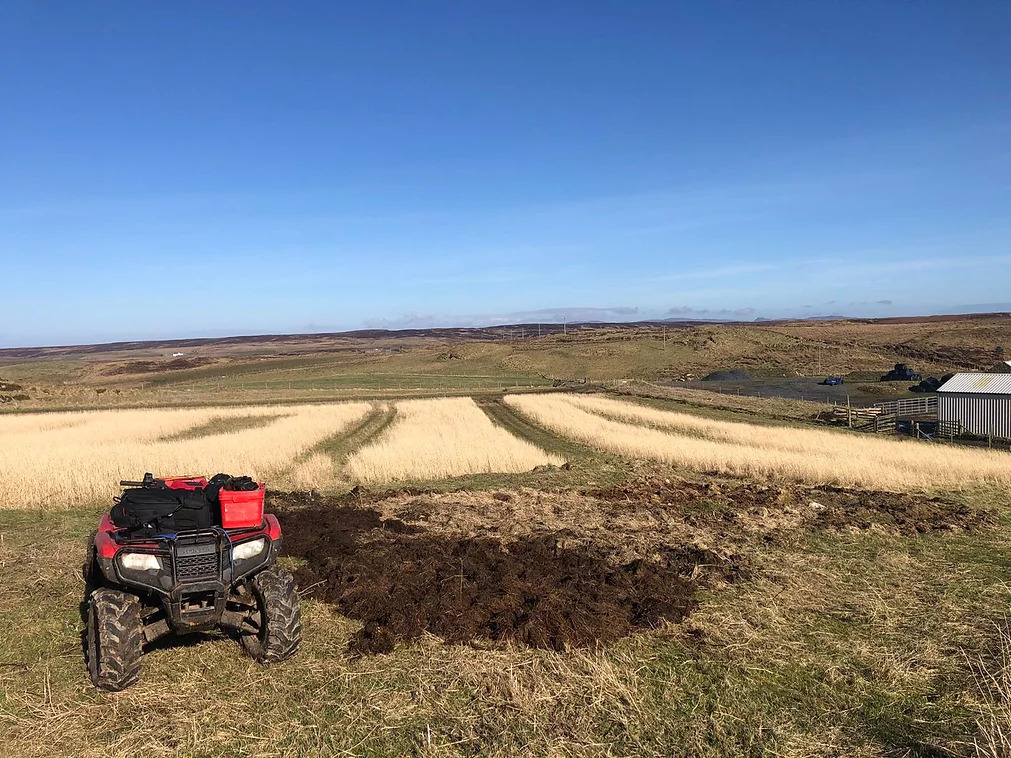
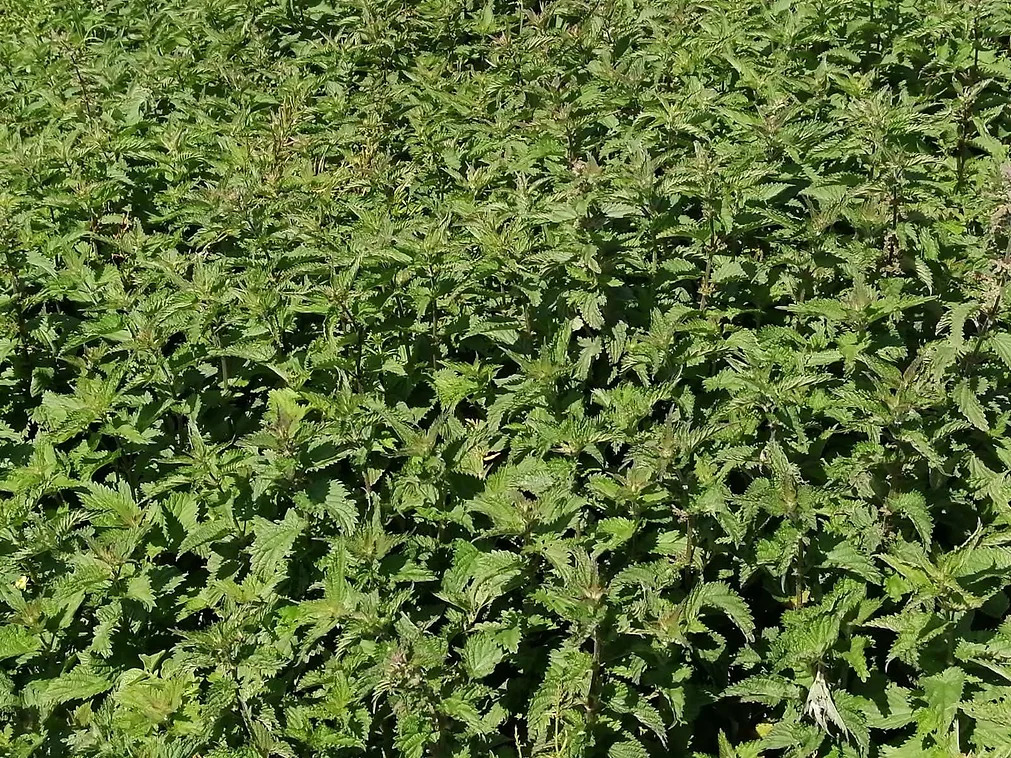
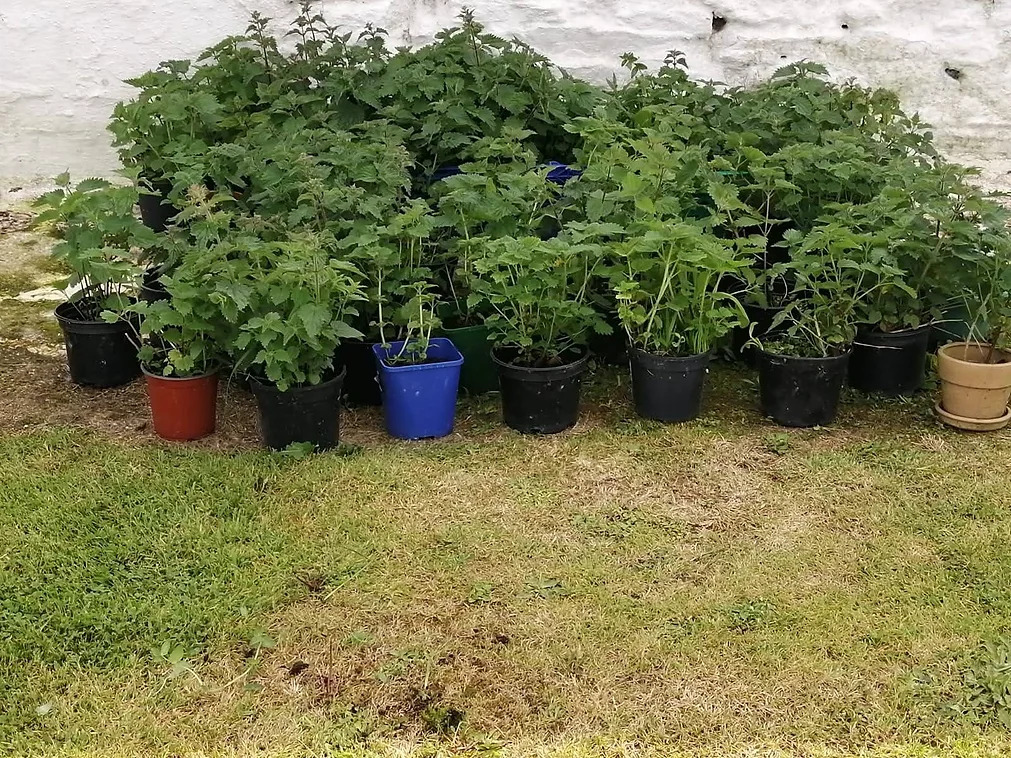
How to Create Early Cover for Corncrakes
- Soil nutrition and fertility is the most important aspect of early cover creation. The more nutrition is present at the beginning of the process, the longer the earlier in the year the plants will grow, the longer cover will thrive for, and the less work needs to be done to maintain it.
- Place nutrition source (well-rotted manure or rotted silage bales are ideal).
- Add appropriate plants/ seeds/ rhizomes or roots.
- Fence when necessary to avoid grazing in the high summer (cover must be grazed after the end of September to ensure the areas do not become overgrown and rank).
- Add nutrition to the cover area as needed (spreading some additional manure each year can ensure vigorous early growth, ideal for corncrakes).
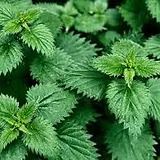
Nettles
- Suited to dryer ground
- Roots and rhizomes can be transplanted from other areas
- Needs high levels of nutrition to thrive
How to: Dig up and collect rhizomes from existing areas. Mix the rhizomes with farmyard manure, ideally in at equal proportions by volume and spread the mixture over the site to a depth of approximately 15cm, but generally not less than 12 cm.
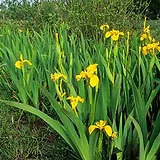
Flag Iris
- Suited to damp ground
- Can transplant plants or rhizomes
How to: Dig up and collect iris from existing beds. Mix the iris rhizomes with farmyard manure, ideally in equal proportions by volume and spread the mixture over the site to a depth of approximately 15cm, but generally not less than 12 cm. To aid the establishment of the iris, the site should normally be in a damp condition for a significant proportion of the year.
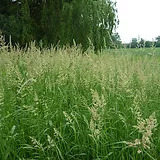
Red Canary Grass
Stands of reed canary grass can be created by transporting soil containing rhizomes riverbanks and other wet areas to prepared areas in autumn. This species does best in damp areas, but competition from grasses should be kept to a minimum.
Umbellifers
Collect seeds of cow parsley or hogweed and establish through planting seeds in a prepared area in the autumn. Animal dung or farmyard manure will provide important nutrients.
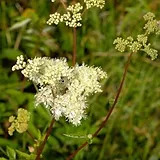
Meadowsweet
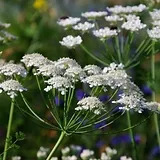
Cow Parsley
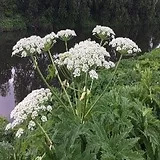
Hogweed
Early and Late Cover Crops
The Corncrake LIFE project will trial different mixes of cover crops to explore their potential in providing cover areas for the birds.
Several varieties of crop mixtures are already used for wild bird cover and many of these may well provide suitable for Corncrakes.
Carefully ratios of crop mixes would ensure a diversity of cover and insect life. The project will explore crops such as:
Kale, fodder radish, Jerusalem artichokes, Stubble turnips, Chicory, Fennel and Lucerne.
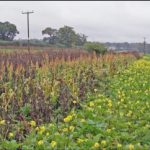
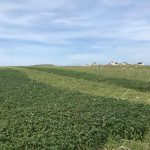
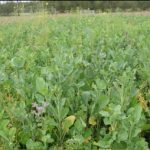
Conservation-Friendly Mowing
Up to 60% of chicks are killed when mowing from the outside-in.
Conservation Friendly Mowing (CFM) is key to increasing the survival rate of Corncrakes (and other species) during mowing. CFM consists of maintaining a low mowing speed (5-7km/hr) and mowing from the centre-out to push birds to the edges of the fields. Mowing the perimeter of the plot should be avoided, as Corncrakes are reluctant to break cover and cross open ground.
Corncrakes are shy, secretive birds that are reluctant to break cover and move into open ground. The purpose of Conservation-Friendly Mowing (CFM) is to provide birds with continuous cover as they escape from the mower into a neighbouring field or into a selected refuge zone. CFM has two key components; the first consists of maintaining a low mowing speed (between 5-6km/hr), allowing adult birds and chicks to escape from the front of the mower. The second is carrying out mowing in such a way that birds are pushed to the edges of the field. Under no circumstance is it allowable to cut any rounds around the outside of the field before starting centre-out mowing, as this defeats the purpose of providing birds with continuous cover.
Carrying out CFM in the appropriate manner has a major impact on the survival rates of both chicks and females, as when fields are cut in a traditional manner from the outside in, birds often get trapped in an island of grass in the centre of the field and are eventually killed by the mower.
There are 4 ways to carry out Conservation- Friendly Mowing, depending on the size and shape of the field:
- Cutting a small area for turning at either end of the field, mowing down the centre of the field and then continuing to mow from the centre outwards (most frequently used technique)
- Driving to the centre of the field, leaving a small island of grass in the middle and continuing to mow in a spiral outwards. The remaining island in the middle can then be slowly strip-cut at the end
- Cutting the field in strips from one side to the other (this is often done in narrow fields)
- Where there is a rocky knoll in the middle of a field, cutting the field in a traditional manner from the outside in, leaving a sizeable refuge zone of tall vegetation around the knoll.
The two images below illustrate the dos and don’ts of Conservation-Friendly Mowing.
The aim of CFM is to prevent the creation of an island of uncut hay or silage. In most cases this is achieved by cutting a few swards at either end of the field, then along the middle and finally along the length of the field from the centre towards the outer edges.
In irregularly shaped fields, variations of this mowing pattern are carried out depending on the shape of the field and the width of the mower as advised by the fieldworker. Mowing speed and distance to the nearest cover are critical to the survival of Corncrake chicks. Farmers and contractors are encouraged to maintain a slow speed, particularly in the first and last swards where most casualties occur.

